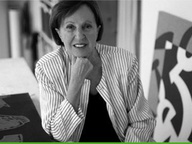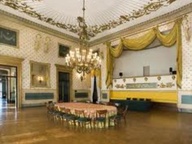Looking ahead. The evolution of the art of doing. 9 stories from the Veneto: digital - not only digital
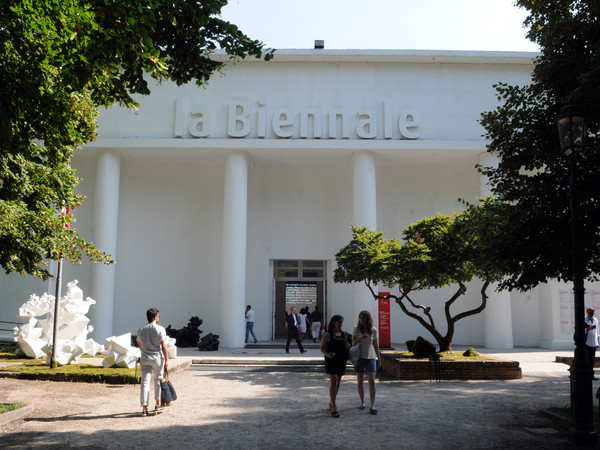
56. Esposizione Internazionale d'Arte, Venezia, padiglione centrale ai Giardini
From 09 Maggio 2015 to 22 Novembre 2015
Venice
Place: Biennale Giardini / Pav. Veneto
Address: Giardini della Biennale
Responsibles: Aldo Cibic
The Biennale di Venezia, chaired by Paolo Baratta, presents the exhibition of the Venice Pavilion (Giardini) as part of the 56. International Art Exhibition (May 9> November 22, 2015), entitled Looking ahead. The evolution of the art of doing. 9 stories from the Veneto: digital - not just digital and curated by Aldo Cibic.
"The Venice Biennale this year wanted to engage directly in the Venice Pavilion - said President Baratta - for an initiative at once ancient and forward-looking. Hall, dedicated in time even at the Applied Arts, he resumes the thread with this initiative, albeit in a different direction and updated: the one of the latest applications of high technology ".
The exhibition will cross therefore artistic creativity with new technologies, presenting 9 exemplary stories from Veneto.
"One wonders - says Baratta - whether the advancement of technology, in particular the spread of digital technology, lead us to horizons of standardization and uniformity or if instead offer new opportunities for development, diversification and so creative search of new forms."
"The Biennale wants to investigate this phenomenon - clarifies Baratta - and with the exhibition-digital research - not only digital intends to address precisely in those instances where the two Muse, the technology and the experiential knowledge, together create a significant phenomena in ' evolution of forms. For the Biennale is a first step. This is a research which intends to devote most of his energy in the future. "
"Let us begin by looking at the world around us, says Baratta. We chose, in fact, to investigate phenomena that developed recently in the region of Veneto. We intend in the future to broaden our gaze. We are developing relationships with major international institutions. "
"Although concerned about some aspects of a return to the history of the Venice Pavilion - concludes the president - in other respects and for its contents that choice should be seen as a foundation stone of a building we're going to build a line of research that we will go to develop, to answer certain questions with this initiative and stresses that come from civil society and production, dealing with essential radical changes, and that the Biennale, which by its mission deals with the "shape" given to man's creations in many sectors, and for which the question may well be relevant, it can not ignore.
"With various media, the exhibition shows the ways in which the various processes have been developed, says the curator Aldo Cibic. To cite a few examples, ranging from how it was possible to create cutting-edge products using techniques of the past, to the design of equipment that save people's lives, the possibility of combining social networks and production or even be unique in produce everyday objects. "
Cibic emphasizes that "on completion of the project presents the testimonies of those who, in different parts of the world (and it's great designers, researchers internationally, sophisticated clients who have found here their best producer), have chosen to work with these people, recognizing the specific nature of their "art of making". "
9 are the stories illustrated by the Veneto in the path of the exhibition, showing the evolution of the art of making the Veneto:
1. The factory slow
2. Tailor-made security
3. The sophistication of iron
4. Manufacturers network for young creatives
5. From Los Angeles to the Dolomites
6. A design editor and his designer
7. Sew a dream
8. Redesigning the heat
9. Masters of plastic
The exhibition was made possible thanks to the support of Eco + Eco Design Contract, Cleaf SpA, Fondazione Bisazza.
"The Venice Biennale this year wanted to engage directly in the Venice Pavilion - said President Baratta - for an initiative at once ancient and forward-looking. Hall, dedicated in time even at the Applied Arts, he resumes the thread with this initiative, albeit in a different direction and updated: the one of the latest applications of high technology ".
The exhibition will cross therefore artistic creativity with new technologies, presenting 9 exemplary stories from Veneto.
"One wonders - says Baratta - whether the advancement of technology, in particular the spread of digital technology, lead us to horizons of standardization and uniformity or if instead offer new opportunities for development, diversification and so creative search of new forms."
"The Biennale wants to investigate this phenomenon - clarifies Baratta - and with the exhibition-digital research - not only digital intends to address precisely in those instances where the two Muse, the technology and the experiential knowledge, together create a significant phenomena in ' evolution of forms. For the Biennale is a first step. This is a research which intends to devote most of his energy in the future. "
"Let us begin by looking at the world around us, says Baratta. We chose, in fact, to investigate phenomena that developed recently in the region of Veneto. We intend in the future to broaden our gaze. We are developing relationships with major international institutions. "
"Although concerned about some aspects of a return to the history of the Venice Pavilion - concludes the president - in other respects and for its contents that choice should be seen as a foundation stone of a building we're going to build a line of research that we will go to develop, to answer certain questions with this initiative and stresses that come from civil society and production, dealing with essential radical changes, and that the Biennale, which by its mission deals with the "shape" given to man's creations in many sectors, and for which the question may well be relevant, it can not ignore.
"With various media, the exhibition shows the ways in which the various processes have been developed, says the curator Aldo Cibic. To cite a few examples, ranging from how it was possible to create cutting-edge products using techniques of the past, to the design of equipment that save people's lives, the possibility of combining social networks and production or even be unique in produce everyday objects. "
Cibic emphasizes that "on completion of the project presents the testimonies of those who, in different parts of the world (and it's great designers, researchers internationally, sophisticated clients who have found here their best producer), have chosen to work with these people, recognizing the specific nature of their "art of making". "
9 are the stories illustrated by the Veneto in the path of the exhibition, showing the evolution of the art of making the Veneto:
1. The factory slow
2. Tailor-made security
3. The sophistication of iron
4. Manufacturers network for young creatives
5. From Los Angeles to the Dolomites
6. A design editor and his designer
7. Sew a dream
8. Redesigning the heat
9. Masters of plastic
The exhibition was made possible thanks to the support of Eco + Eco Design Contract, Cleaf SpA, Fondazione Bisazza.
SCARICA IL COMUNICATO IN PDF
biennale giardini ·
aldo cibic ·
guardando avanti l evoluzione dell arte del fare 9 storie dal veneto digitale non solo digitale ·
venice pavillion 56th international art exhibition la biennale di venezia
COMMENTI

-
 Dal 04 febbraio 2025 al 23 aprile 2025
Roma | Parco archeologico del Colosseo - Curia Iulia
Dal 04 febbraio 2025 al 23 aprile 2025
Roma | Parco archeologico del Colosseo - Curia Iulia
-
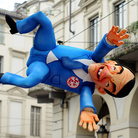 Dal 05 febbraio 2025 al 07 settembre 2025
Bologna | MAMbo - Museo di Arte Moderna di Bologna
Dal 05 febbraio 2025 al 07 settembre 2025
Bologna | MAMbo - Museo di Arte Moderna di Bologna
-
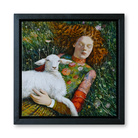 Dal 06 febbraio 2025 al 09 febbraio 2025
Bologna | Palazzo Isolani
Dal 06 febbraio 2025 al 09 febbraio 2025
Bologna | Palazzo Isolani
-
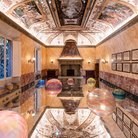 Dal 04 febbraio 2025 al 30 aprile 2025
Bologna | Palazzo Boncompagni
Dal 04 febbraio 2025 al 30 aprile 2025
Bologna | Palazzo Boncompagni
-
 Dal 31 gennaio 2025 al 10 marzo 2025
Mantova | Palazzo Ducale di Mantova
Dal 31 gennaio 2025 al 10 marzo 2025
Mantova | Palazzo Ducale di Mantova
-
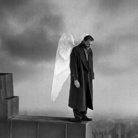 Dal 30 gennaio 2025 al 08 settembre 2025
Milano | Osservatorio Prada
Dal 30 gennaio 2025 al 08 settembre 2025
Milano | Osservatorio Prada
